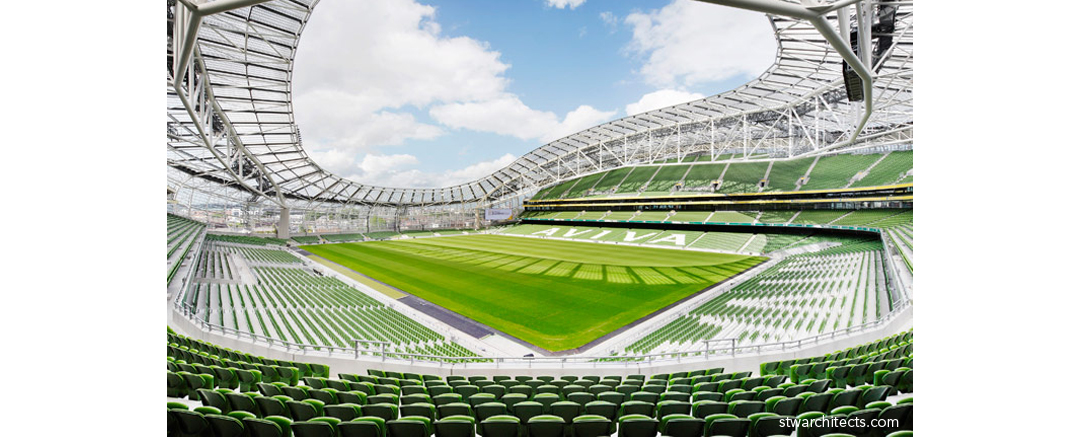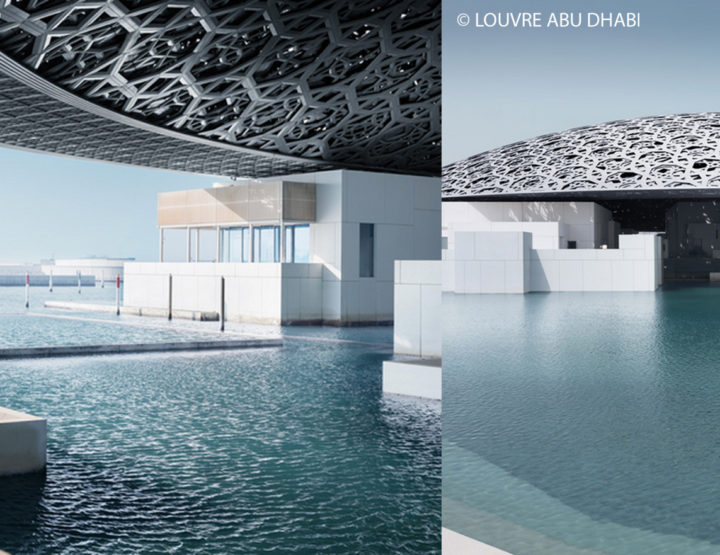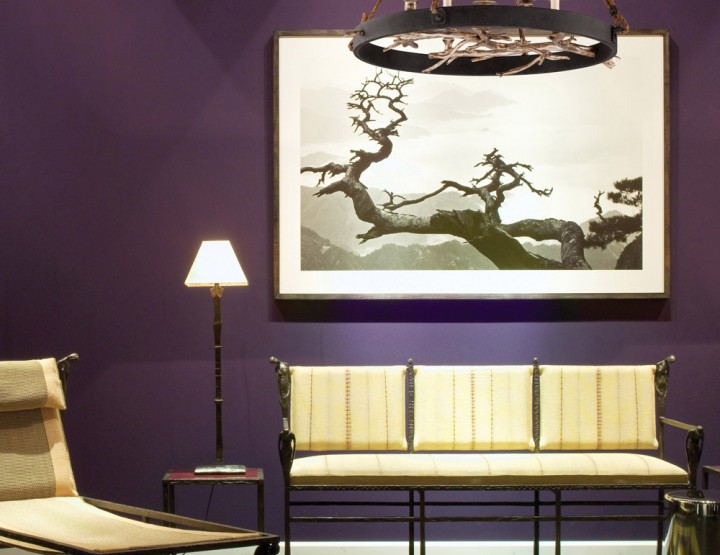They call it a beautiful game. In addition to joining countries together in rare harmonious fashion, football also has shown us how architects have pushed boundaries for stadium design. Here at Styleture we took a look at a few of our most architecturally esteemed stadiums across five different countries.
Aviva Stadium in Dublin
Instead of, say, a theater or a mall, this Dublin neighborhood welcomed with open arms a brand new and utterly beautiful 50,000 seat football stadium. The Aviva was crafted in order to be accessible to the residential area. It rises on the east and west sides to create the best viewing experience for fans while lowering on the north and south sides to accommodate natural sunlight for the neighboring residences. Nothing short of gorgeous, the horseshoe-shaped truss allows for a see-through effect, illuminating the area for evening events.
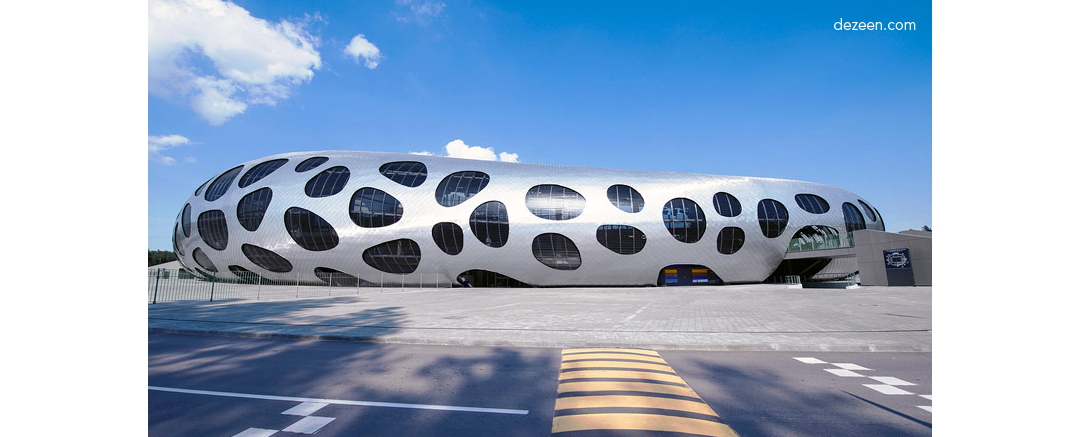 Borisov Arena, Belarus
Borisov Arena, Belarus
Built in a Belarus forest opening, Borisov Arena is more likely to be home to a state-of-the-art architecture school than a football stadium. OFIS Architeki designed the stadium to be covered by a rounded geometric layering, exposing the skeletal interior of the building via its perforated textile exterior. You won’t find another venue like this one.
 Allianz Arena, Germany
Allianz Arena, Germany
Building a home set to hold 75,000 fans of arguably the most prolific European football club while still making it a design masterpiece is no walk in the park. Herzog & De Meuron took a three-themed concept toward the building of Allianz Arena: “The presence of the stadium as an illuminated body that can change its appearance and is situated in an open landscape, the procession-like arrival of fans in a landscaped area, and the crater-like interior of the stadium itself.” The stadium sits at the top of a hill and emits different colored lighting depending on the team hosting the event – a nice alternative to the otherwise pedestrian exteriors for most super stadiums.
Estádio Municipal de Braga, Portugal
Designed by the 2013 Pitzker Award winner Eduardo Souto de Moura, the Braga Municipal masterpiece is incorporated not next to, but actually into the hillside of the Monte Castro quarry in Braga, Portugal. For Souto de Moura, it was important that fans who could not afford a stadium ticket could watch for free from the hillside. Steel strings attach from one side of the stadium to the other, reminiscent of ancient South American Inca bridges.
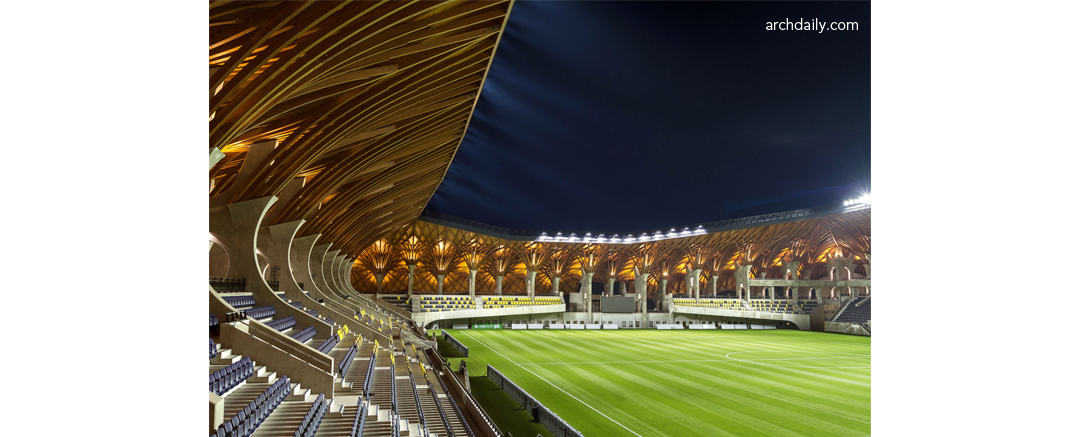 Pancho Arena, Hungary
Pancho Arena, Hungary
Hungarian architect Imre Makovecz once said, “My buildings and architectural designs do not come from me. They come from the landscape, from the local environment and from the ancient human spirit.” Pancho Arena is yet another example of his imagination and philosophies translating into architectural brilliance. While Tamás Dobrosi executed the final completion of the project, Imre Makovecz’s first sketch and inspiration is impossible to ignore. The structure’s organic build has a spiritual sense to it, with arching beams stretching out from its base similar to that of an archaic place of worship – not from anywhere that we would recognize but as if pulled from J.R.R Tolkien’s Lord of the Rings.


